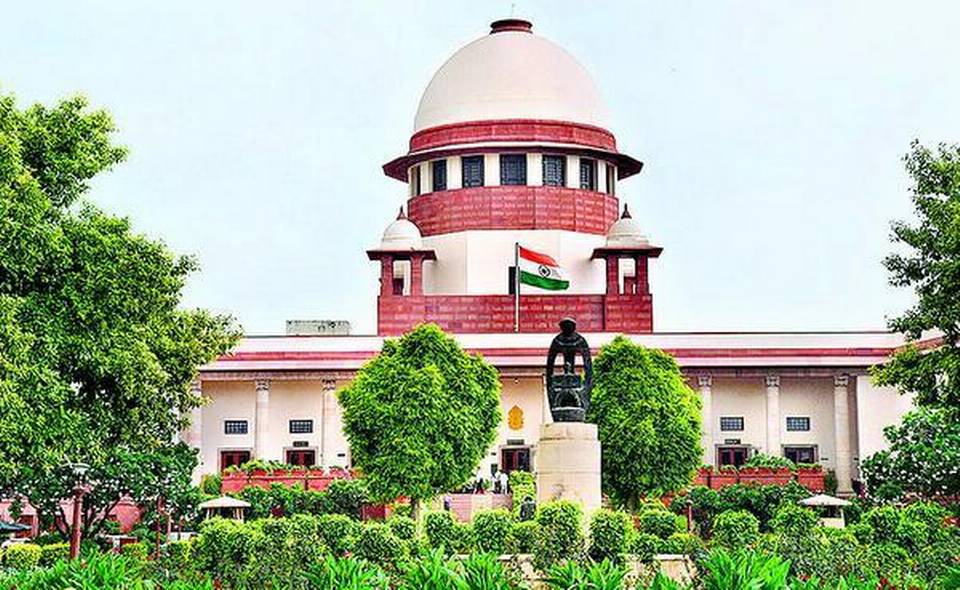In the case of Satish @ Sabbe Vs State of UP [Special Leave Petition (CRL.) NO. 7369 of 2019] Supreme Court while releasing 2 convicts on probation held that any assessment regarding predilection to commit crime upon release must be based on antecedents as well as conduct of the prisoner while in jail, and not merely on his age or apprehension of the victims and witnesses.
The appeal has been filed by the convicts Satish and Vikky against the order of Allahabad High Court through which their appeal against conviction under Section 364A of the Indian Penal Code, 1860 and consequential sentence of life imprisonment, was turned down.
In 2002 the Appellants had kidnapped Vishal Sarawat (the victim) by threating with pistol and administering tablets. After negotiation with the victims’ father ransom of 32 Lakh was agreed. The victims’ father had informed the police who successfully raided the house and subsequently arrested the Appellants. After examining all the evidences on record, it was established beyond doubt the crime was committed by the Appellants for which they were sentenced to life imprisonment and a fine of Rs 10,000/- along with two years imprisonment under the Arms Act. On further appeal, the High Court upheld the life sentence but dismissed the conviction under the Arms Act.
The Appellants had applied for a premature release in 2019 under Section 2 of the UP Prisoners Release on Probation Act, 1938 which was rejected by the District Magistrate. Nevertheless, keeping in mind the long period of incarceration undergone by the petitioners and infirmities in consideration of their prayers for premature release as highlighted by their counsels, Supreme Court had directed fresh consideration of their cases for premature release. It was noted that the Respondent-state had rejected the premature release application in view of earlier evaluation done.
It was submitted by the Respondent that the Probation Board considered afresh Satish’s case and has refused probation for the reasons that – first, the crime is heinous, second, petitioner is hardly 53-54 years old and can repeat the crime, third, informant has serious apprehensions against his release, and fourth, governmental authorities have adversely commented upon his release considering its direct adverse effect on the society. Likewise, for Vikky, on grounds of his age of 43 years, healthy physical condition, apprehensions of informant and nature of crime; his mercy petition had not been recommended.
It was argued by the Appellant that although the impugned orders have been purportedly passed under the Jail Manual and UP Prisoners Release on Probation Act, 1938; but, the mandatory factors of ‘antecedents’ and ‘conduct in prison’ have totally been overlooked, and instead various extraneous factors have been relied upon to justify the mechanical action.
The court held that there is no doubt trite law that no convict can claim remission as a matter of right. What had been sought and directed by this Court through repeated orders was not premature release itself, but due application of mind and a reasoned decision by executive authorities in terms of existing provisions regarding premature release. Clearly, once a law has been made by the appropriate legislature, then it is not open for executive authorities to surreptitiously subvert its mandate. Where the authorities are found to have failed to discharge their statutory obligations despite judicial directions, it would then not be inappropriate for a Constitutional Court while exercising its powers of judicial review to assume such task onto itself and direct compliance through a writ of mandamus.
The court observed that, ‘considering how the petitioners have served nearly two decades of incarceration and have thus suffered the consequences of their actions; a balance between individual and societal welfare can be struck by granting the petitioners conditional premature release, subject to their continuing good conduct. This would both ensure that liberty of the petitioners is not curtailed, nor that there is any increased threat to society.’


